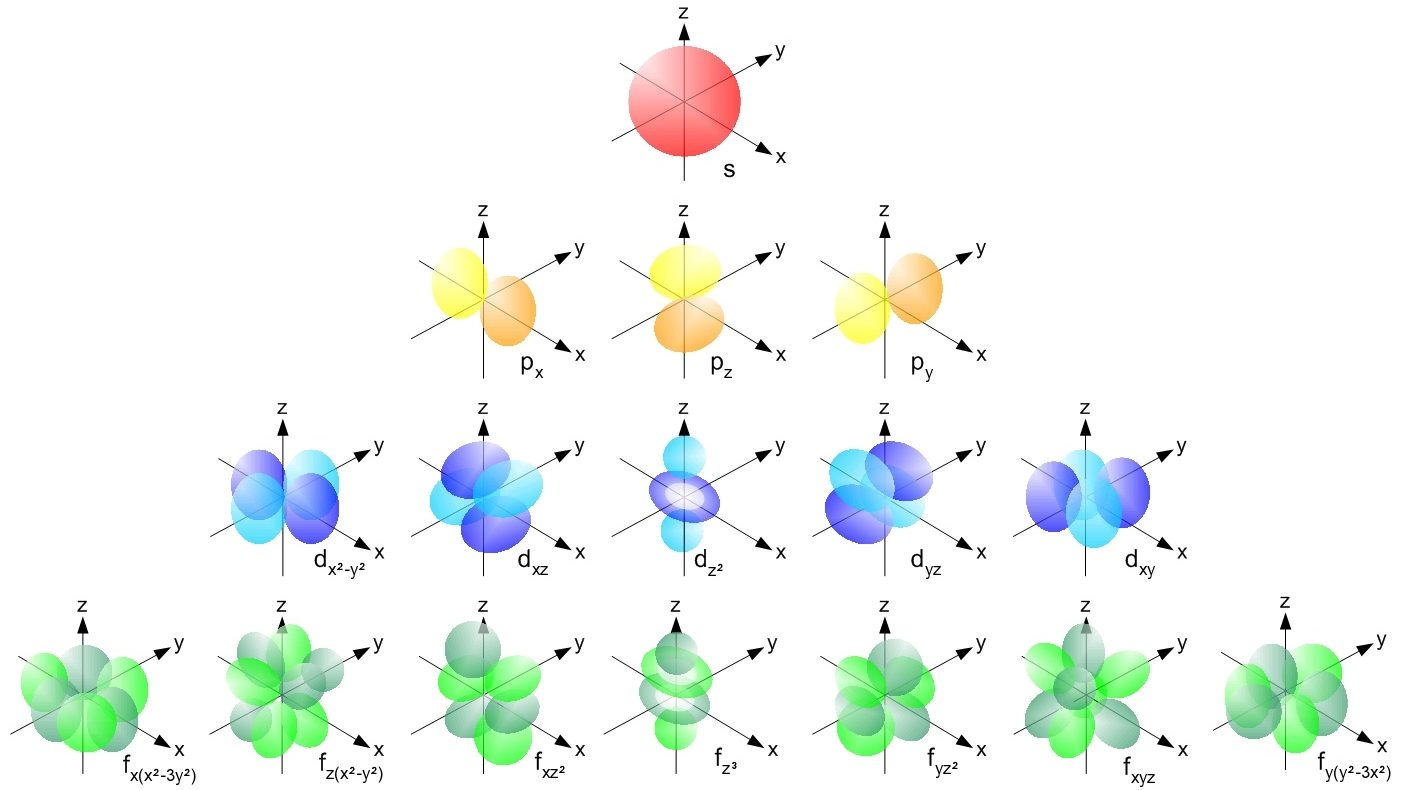What are the different types of rocket engines and will there be a rocket engine coming in the future that uses very little energy? NASA’s Michelle Thaller explains and proposes that ion drives will transform everything. If only we could figure out how to get enough thrust.
Michelle Thaller: Hey Chris, it’s a really cool question about different types of rocket engines and whether there might be a rocket engine coming in the future that uses very little energy.
One of the big challenges of getting anything into space right now is you need to get it up out of the Earth’s gravity, and really the only way we had to do that is with fairly traditional rockets that use either solid rocket fuel or liquid rocket fuel, but it takes a huge amount of energy to get off the surface of the Earth.
Right now we don’t really have any better way to get things off the surface of the Earth, but things change once you get up into space.
And one of the things that I’m really excited about is something called an ion drive, and NASA uses these right now.
And an ion drive generates a tiny little bit of thrust, I mean it’s almost similar to just taking your hand and blowing on it, it’s about that much thrust. But you can turn an ion drive on and you can leave it on for years! So even though it’s a tiny little bit of thrust some of the fastest spacecraft that NASA now operates use ion drives.
One of my favorite missions is the Dawn Mission, which is actually surveying the larger asteroids in the asteroid belt. It went out to the asteroid Vesta and Vesta is about 300 miles across. It took wonderful pictures of Vesta and then it went onto the asteroid Ceres, which is actually the largest of the asteroids—it’s actually close to 700 miles across—and the images it returned of Ceres were absolutely amazing. And it was able to go from one asteroid to another because it had this ion drive that it could leave on for years.
And even though the thrust is tiny, keep that thrust going day after day, month after month, year after year you can get up to many, many tens of thousands of miles an hour.
So the way an ion drive works is—it basically can even use just electricity—It creates ions by actually ripping apart molecules into charged particles and then accelerating them out the back of the spacecraft. And really all you need is electricity. You can even run this on solar panels if you want.
So you can actually have an entire rocket engine up in space that is powered simply by solar energy and accelerating ions out the end of the spacecraft.
The problem is we don’t know how to use an ion engine to actually launch something into space. For that you need a lot of thrust, you need to actually get out of this strong gravity well of the Earth. So right now we sort of have these dual strategies for rocket engines, one that gets you up off the Earth (and those are pretty traditional), but then once you get into space turn on your ion drive, leave it on, get yourself going 30,000 miles an hour a little bit at a time, and you never need to turn it off.






